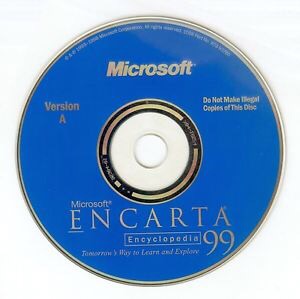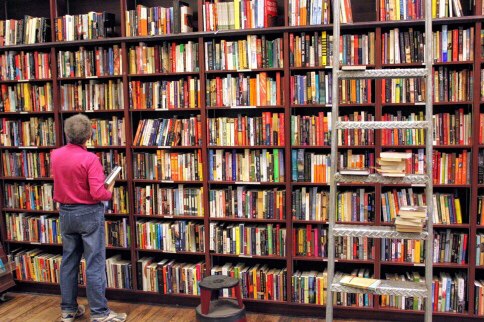 It is a story that never fails to warm hearts. A town endures a natural disaster. Buildings, power, water, and other necessities are cut off or limited. Children and families are suffering. What happens? The community all pulls together to comfort, repair, and rebuild. Local communities contribute supplies and resources. Terms like “the real meaning of Christmas” and “finest hour” are generously and rightly applied. It something inate in the human character that we jump in with both feet when natural disaster strikes.
It is a story that never fails to warm hearts. A town endures a natural disaster. Buildings, power, water, and other necessities are cut off or limited. Children and families are suffering. What happens? The community all pulls together to comfort, repair, and rebuild. Local communities contribute supplies and resources. Terms like “the real meaning of Christmas” and “finest hour” are generously and rightly applied. It something inate in the human character that we jump in with both feet when natural disaster strikes.
This is a newer story. A school endures a network disaster. The network goes down for days. Communications grind to a halt, and tech based lessons are lost. Students are not able to submit work, and teachers are not able to complete activities and share resources. Though school life goes on, it is for a short time dramatically changed and limited. What happens? In a short period of time, everyone turns on everyone else in a bizarre Lord of the Flies distopia. Everyone from teachers, to administration, to consultants, to ISP’s to Tech Directors are pointing fingers, and though all of these sides ultimately do what needs to be done to resolve the crisis, but it is done in an atmosphere of anger and recrimination, everyone not entirely believing that somewhere up the line there is a switch to resolvethe problem that is being guarded by an evil gnome. Other schools contribute, usually advice as to why their systems are superior to the struggling school. “Everyone really pulled together and remained positive during the Internet outage last week,” is said…never.
Why are these reactions so completely opposite? Why do natural disasters bring out the best in people while technology disasters bring out the worst? I’m sure there are enumerable reasons, but I’m going to briefly explore three.
The first has to do with scale. Though I have often heard a user exclaim that he or she is “dying” because of an outage, we all know at heart that no lives are being lost. Despite inconvenience to lesson plans, we also know that probably the students’ overall education is not being severely impacted. Ironically these “lower” encourage the reactions that a life-threatening emergency tends to suppress. There is little sense of “Who am I to complain when so many are struggling,” during a tech disaster.
The second realates to cause. Obviously a natural disaster has no human agent at the switch, hence the title “acts of God” (pretty lousy that this expression is always used for negative things). While one can (and often does) look to place blame for destruction after an earthquake, fire, or flood, at heart there are forces outside of anyone’s control at play. Technological infrastructure, no matter how complex, has human hands in every part of creation and operation. So there is always a feeling that someone is to “blame,” when often major tech disasters are not the fault of a single person or group of persons, but the nature of work with unbelievably complex ecosystems. The problem was created by people and will be solved by people…not quickly enough. Often this is where previous differences opinion on systems and infrastructure come to the surface, including the expected smug, “If we didn’t use all this technology, this wouldn’t happen.”
Finally, there is a feeling of helplessness that pervades a tech disaster for the vast majority of persons involved. There really is no way to “pitch in and help.” Users cannot work together recoding systems or even rewiring a building. In fact sometimes the ability to “chip in” is one of the greatest protection against the feeling of helplessness during a natural disaster. What can a teacher do except continue to check if things are running yet and adjust. I will often receive emails (when email is working) from frustrated teachers expressing the depth of their challenge, somehow believe that someone “out there” just doesn’t under stand how important in this is. I used to be offended by this type of communication, but today I see this as an empowering action for a person who we have affected.
Please be clear, I am not criticizing anyone in this chain. I have played all roles in this scenario multiple times, and short of developing perfect systems (we won’t) recurrence is inevitable. I do think, however, that this disparate reaction to disasters is interesting, and that examination of the causes of human behaviors might help us mitigate challenges when they occur.
As always, I welcome your comments.
Image: https://c2.staticflickr.com/4/3358/3604999084_abe6ebba70_b.jpg






 A while ago a friend sent me an article from the Wall Street Journal. The article suggested that business managers should encourage team members to take notes by hand, rather than on devices. This advice was based on a study of college students that demonstrated that those who took notes by hand retained information better than those who took notes on a laptop or tablet. The article was, of course, not sent to me to encourage good business practices, but a good-natured jab. I’m used to these joyous demonstrations that technological tools are not all that.
A while ago a friend sent me an article from the Wall Street Journal. The article suggested that business managers should encourage team members to take notes by hand, rather than on devices. This advice was based on a study of college students that demonstrated that those who took notes by hand retained information better than those who took notes on a laptop or tablet. The article was, of course, not sent to me to encourage good business practices, but a good-natured jab. I’m used to these joyous demonstrations that technological tools are not all that.
